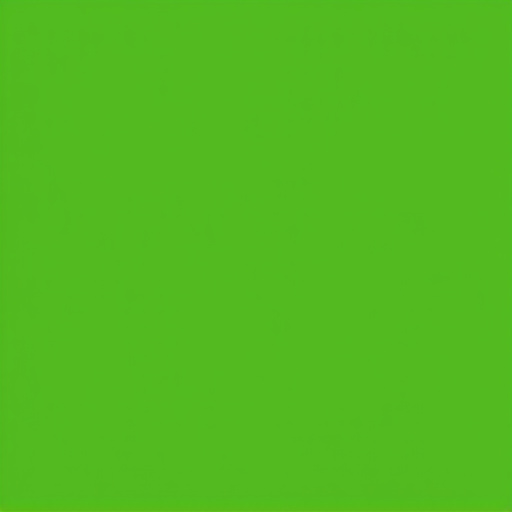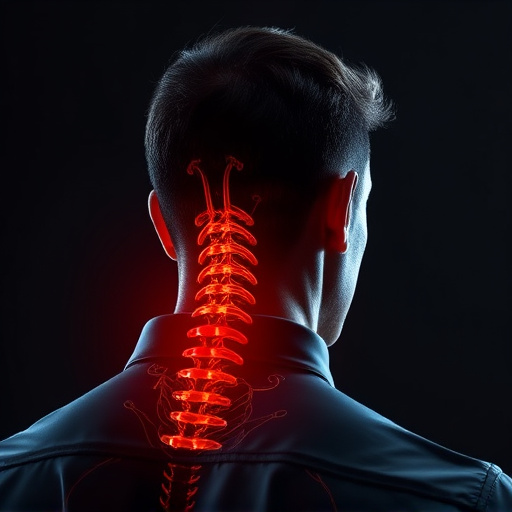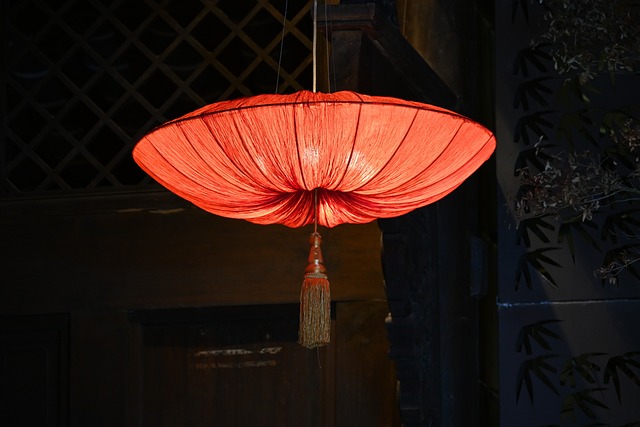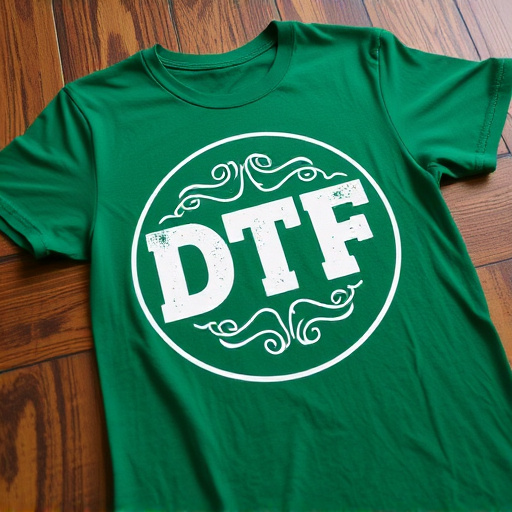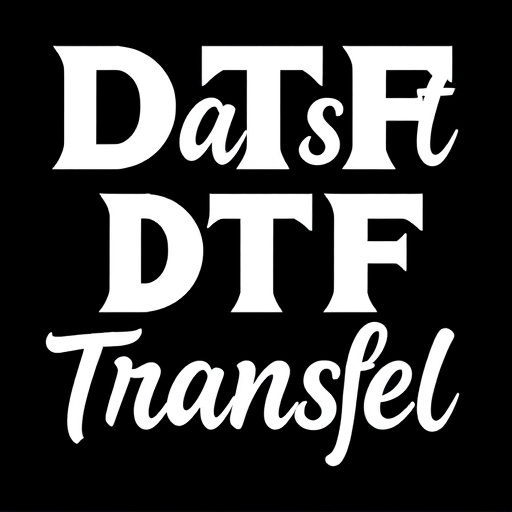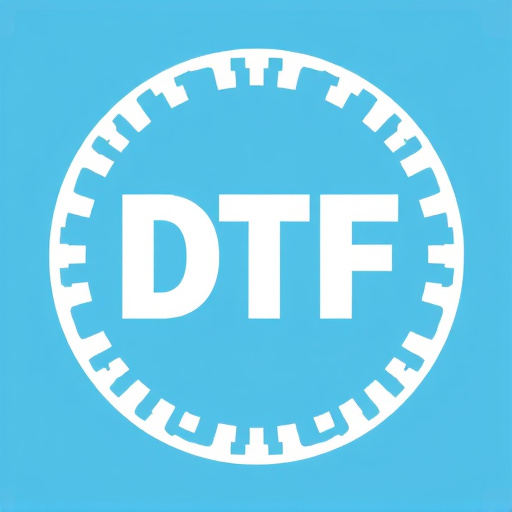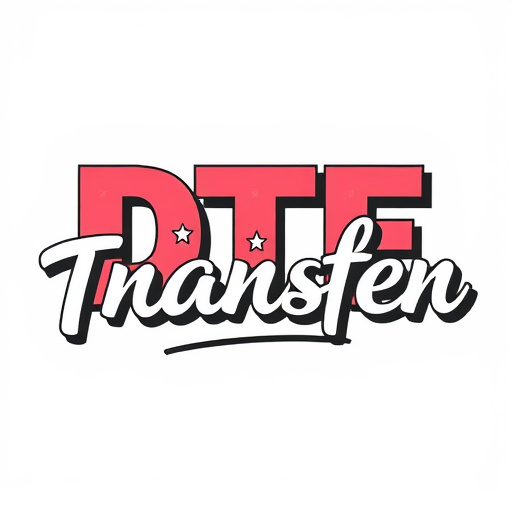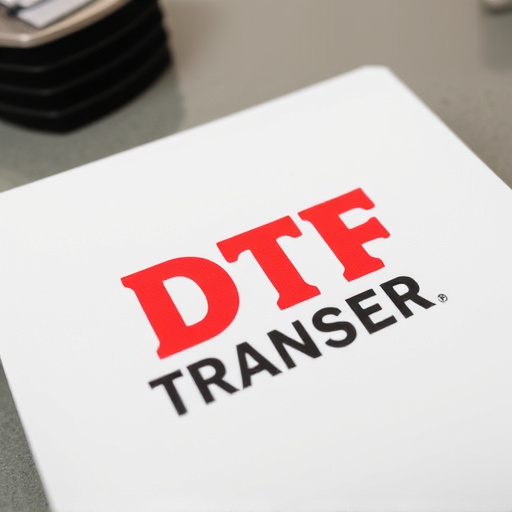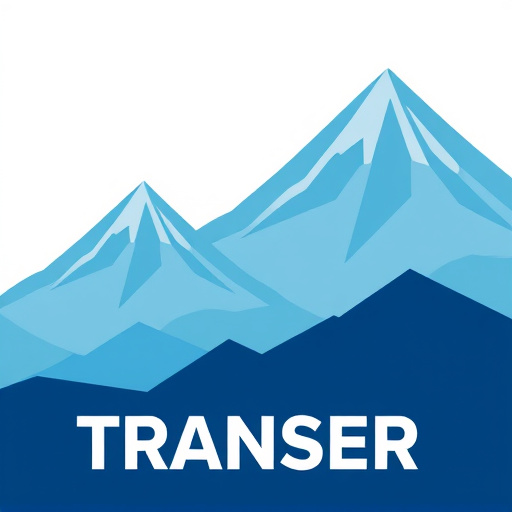Direct-to-Film (DTF) transfer printing is a cutting-edge technique revolutionizing textile and graphic arts by directly applying ink to a film using digital designs and masks. This method boasts faster production times, cost savings, and superior print quality for various materials. Adhesive powders play a pivotal role in DTF transfers, ensuring strong bonds between the design and substrate for long-lasting prints. With diverse types like temperature-activated, UV-cured, and pressure-sensitive adhesives, professionals can achieve precise control over intricate designs, vibrant colors, and crisp outlines. While challenges exist regarding application precision and safety, future developments in water-based powders and digital technologies promise sustainable, personalized DTF transfers for fashion, marketing, and event branding.
Adhesive powder plays a pivotal role in the direct-to-film (DTF) transfer creation process, revolutionizing the way we produce high-quality prints. This article delves into the intricate world of DTF technology, offering a comprehensive guide on its fundamentals, application, and evolving trends. From understanding the basic principles of DTF transfers to exploring the diverse types and properties of adhesive powders, this piece illuminates how these fine materials enhance print quality and open doors to innovative applications in various industries.
- Understanding Direct-to-Film (DTF) Transfer: A Basic Overview
- The Role of Adhesive Powder in DTF Transfer Creation
- Types and Properties of Adhesive Powders for DTF Printing
- Application Process: How Adhesive Powder Enhances DTF Transfers
- Benefits and Challenges of Using Adhesive Powder in DTF Technology
- Future Trends: Evolving Uses of Adhesive Powder in DTF Prints
Understanding Direct-to-Film (DTF) Transfer: A Basic Overview
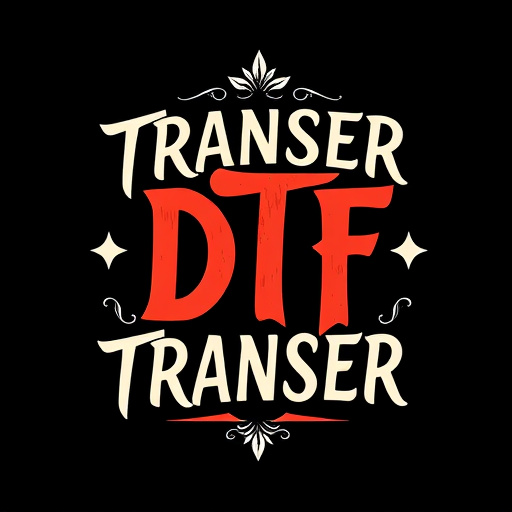
Direct-to-Film (DTF) transfer is a cutting-edge printing technique that has revolutionized the way we create and reproduce designs, especially in the fields of textile and graphic arts. This method involves transferring ink or dye directly onto a film or substrate without the need for intermediate screens or plates, making it a versatile and efficient process. With DTF, printers can achieve high-quality, detailed prints on a variety of materials, from fabric to paper and plastics.
The process begins by preparing the design digitally, ensuring it is optimized for DTF printing. This digital file is then used to create a mask, which acts as a guide for the transfer. The mask is precisely aligned with the film or substrate, allowing only specific areas to be exposed to the ink. During the transfer, the ink or dye is applied under pressure, creating a permanent bond with the material. This method offers numerous advantages, including faster production times, cost-effectiveness, and exceptional print quality for DTF prints and fabrics, making it a preferred choice for many modern printing applications.
The Role of Adhesive Powder in DTF Transfer Creation
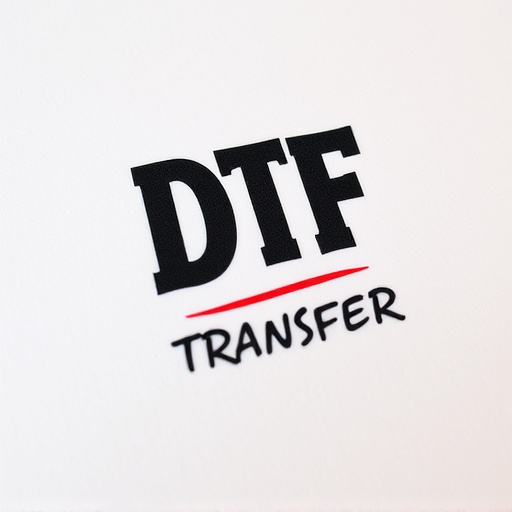
The adhesive powder plays a pivotal role in the creation of direct-to-film (DTF) transfers, revolutionizing the way we produce high-quality prints. During the DTF printing process, this specialized powder acts as a crucial binding agent between the design and the transfer film. When heated, the powder melts and fuses with the ink, ensuring a strong adhesion that allows for precise and vibrant DTF prints. This innovative technique enables detailed and durable transfers, making it popular among professionals in various industries, from apparel to signage.
The unique properties of adhesive powder contribute significantly to the overall success of DTF transfer creation. It offers a range of benefits, including excellent bonding strength, fast drying time, and compatibility with diverse substrate materials. By carefully selecting the appropriate adhesive powder, printers can achieve optimal results, ensuring that designs are flawlessly transferred onto various surfaces, whether it’s fabric, paper, or plastic. This attention to detail is what sets apart professional DTF prints from ordinary ones.
Types and Properties of Adhesive Powders for DTF Printing

Adhesive powders play a critical role in the direct-to-film (DTF) transfer creation process, offering diverse options to suit various printing requirements. These powders are engineered to bond firmly with both the substrate and the ink, ensuring precise and durable DTF prints. The types of adhesive powders available include temperature-activated, UV-cured, and pressure-sensitive adhesives, each with unique properties tailored for specific applications.
Temperature-activated adhesives require heating to initiate bonding, making them ideal for demanding applications needing high strength and heat resistance. UV-cured powders, on the other hand, harden upon exposure to ultraviolet light, offering quick drying times and suitable for a wide range of materials. Pressure-sensitive adhesives form bonds upon application of pressure, providing easy application and suitable for flexible substrates. When choosing an adhesive powder for DTF printing, consider factors such as substrate compatibility, desired print longevity, and the specific requirements of the final product to achieve optimal results.
Application Process: How Adhesive Powder Enhances DTF Transfers
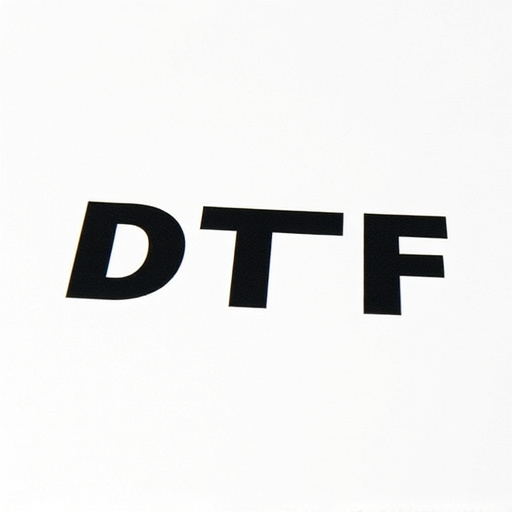
The application process of adhesive powder plays a pivotal role in enhancing DTF (Direct-to-Film) transfers. This fine, powdery substance is strategically sprinkled onto the film surface prior to printing. The powder acts as a crucial bridge between the film and the final substrate, ensuring a seamless and durable transfer. Its intricate network of particles creates a strong adhesive bond, enabling crisp and vibrant DTF prints.
During the application, the powder’s unique properties allow for precise control over the bonding process. This meticulous step ensures that each DTG ink particle is securely held in place, resulting in high-quality DTF prints with exceptional detail retention. The enhanced adhesion provided by adhesive powder revolutionizes DTF printing, opening doors to a world of creative possibilities for designers and printers alike.
Benefits and Challenges of Using Adhesive Powder in DTF Technology
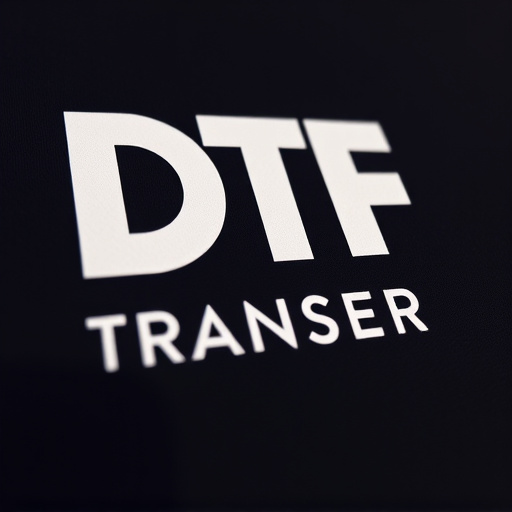
Using adhesive powder in direct-to-film (DTF) transfer creation offers several advantages for print quality and efficiency. The fine particles of adhesive allow for precise control during application, enabling intricate design details to be captured accurately on the film. This precision translates into superior DTF prints with vibrant colours and crisp outlines, making it ideal for high-resolution graphics and detailed imagery. Additionally, adhesive powder facilitates a stronger bond between the transfer film and various materials, ensuring long-lasting durability of the final prints.
Despite these benefits, there are challenges associated with DTF technology using adhesive powder. One significant hurdle is the need for precise measurement and application to avoid wastage; even minor oversights can lead to inefficiencies and increased production costs. Furthermore, working with powdered adhesives requires specialized equipment and skills to ensure consistent results, adding a layer of complexity to the printing process. Safety considerations are also paramount due to the potential health risks posed by handling fine particles, necessitating adherence to strict safety protocols during production.
Future Trends: Evolving Uses of Adhesive Powder in DTF Prints

As the field of print technology advances, the use of adhesive powder in DTF (Direct-to-Film) transfer creation is also evolving and expanding its applications. Future trends suggest that DTF printing will become even more versatile and accessible, with advancements in materials science driving innovations. One notable trend is the development of eco-friendly, water-based adhesive powders, which offer a safer and more sustainable alternative to traditional solvent-based adhesives. These new formulations not only reduce environmental impact but also provide superior bonding strength and flexibility for various substrates.
Additionally, the integration of digital technologies like 3D printing and advanced imaging techniques will enable intricate and personalized DTF transfers. Customized designs with fine details and precise color accuracy will become more achievable, catering to diverse industries such as fashion, marketing, and event branding. This evolution promises to revolutionize the way we approach DTF prints, making them a go-to solution for high-quality, quick, and environmentally conscious product customization.

